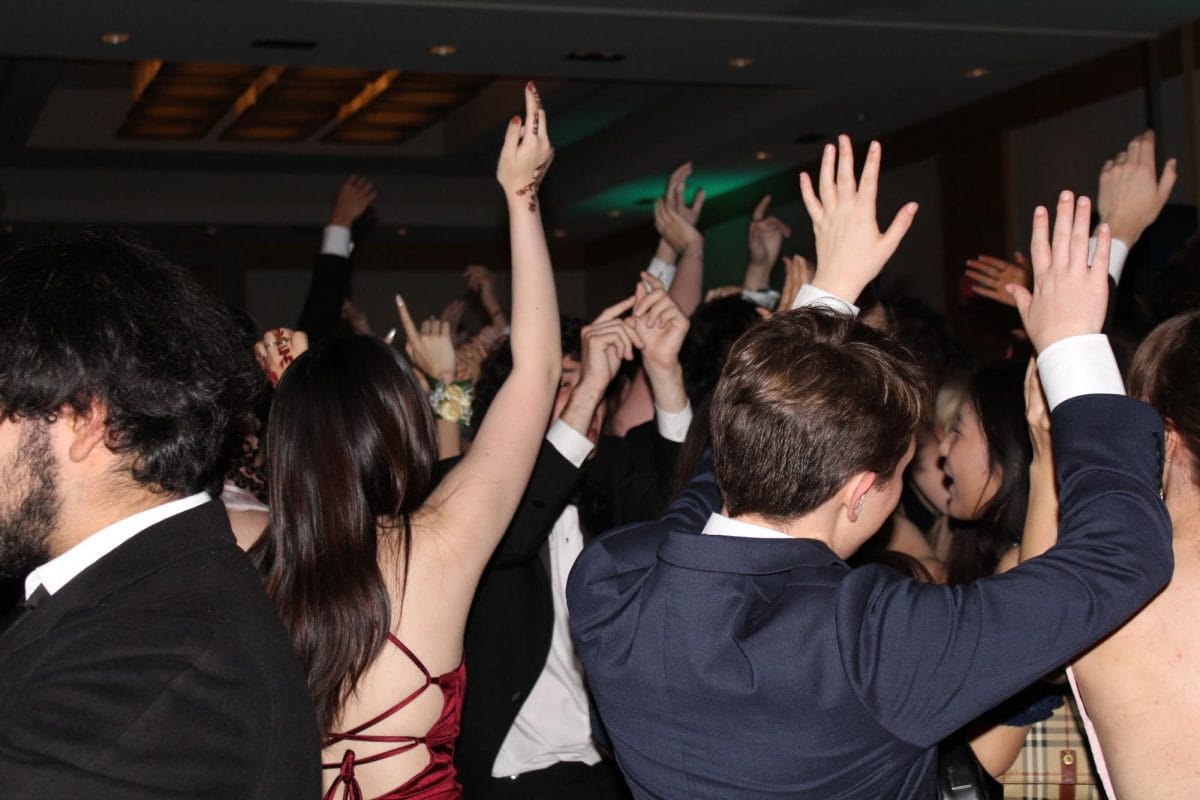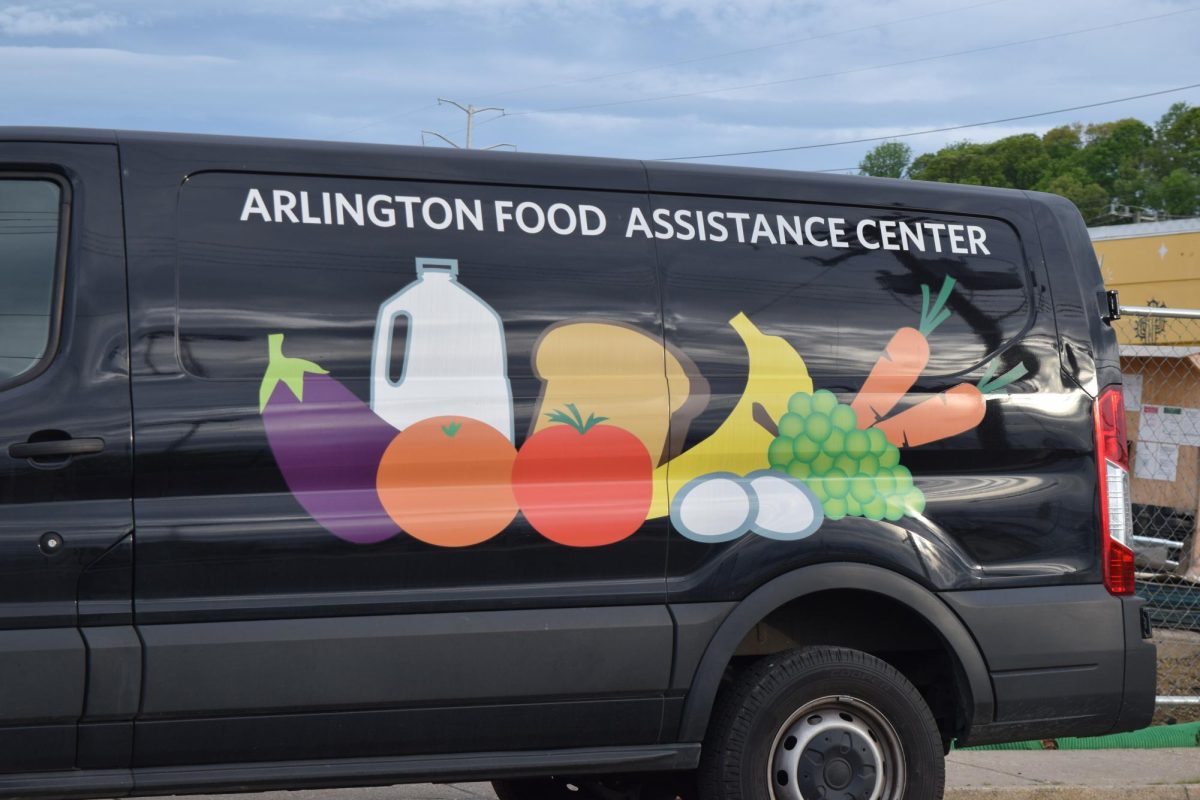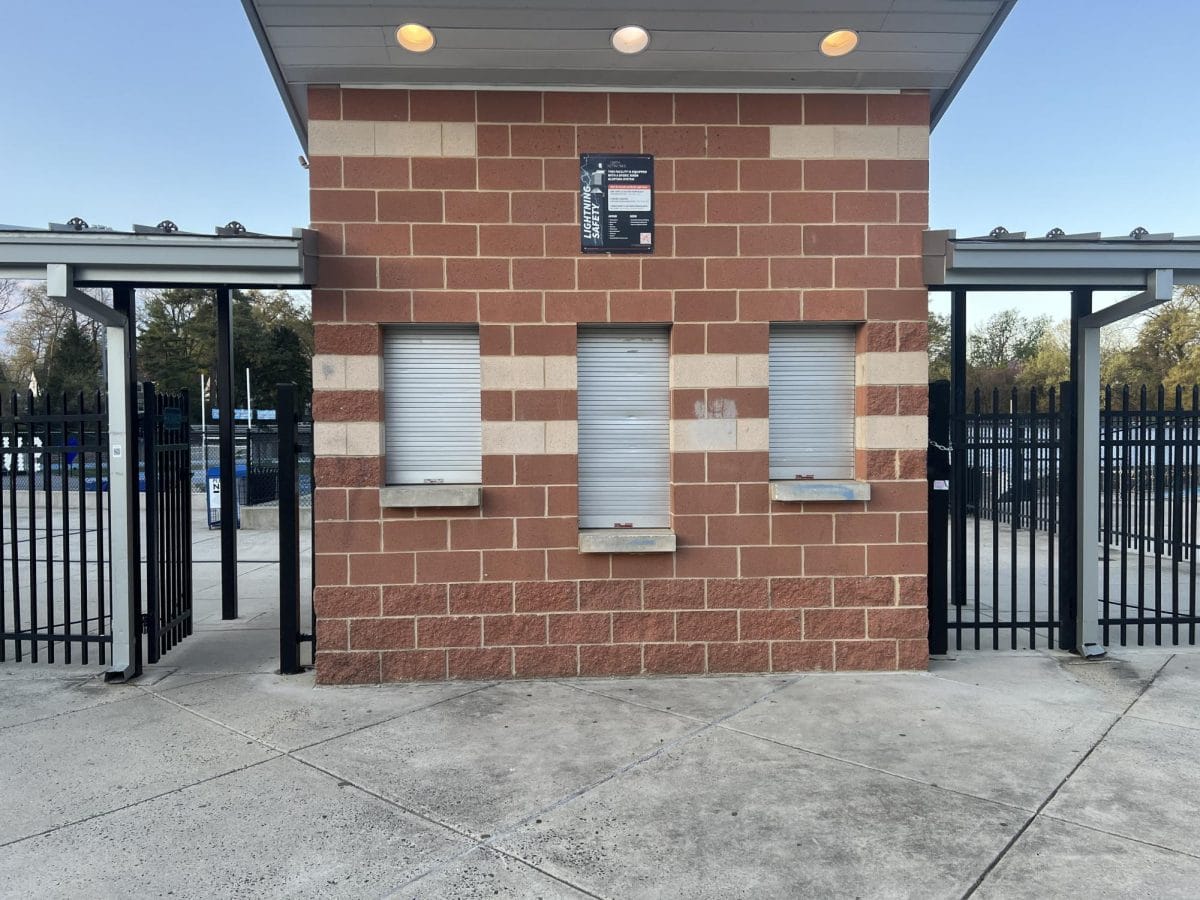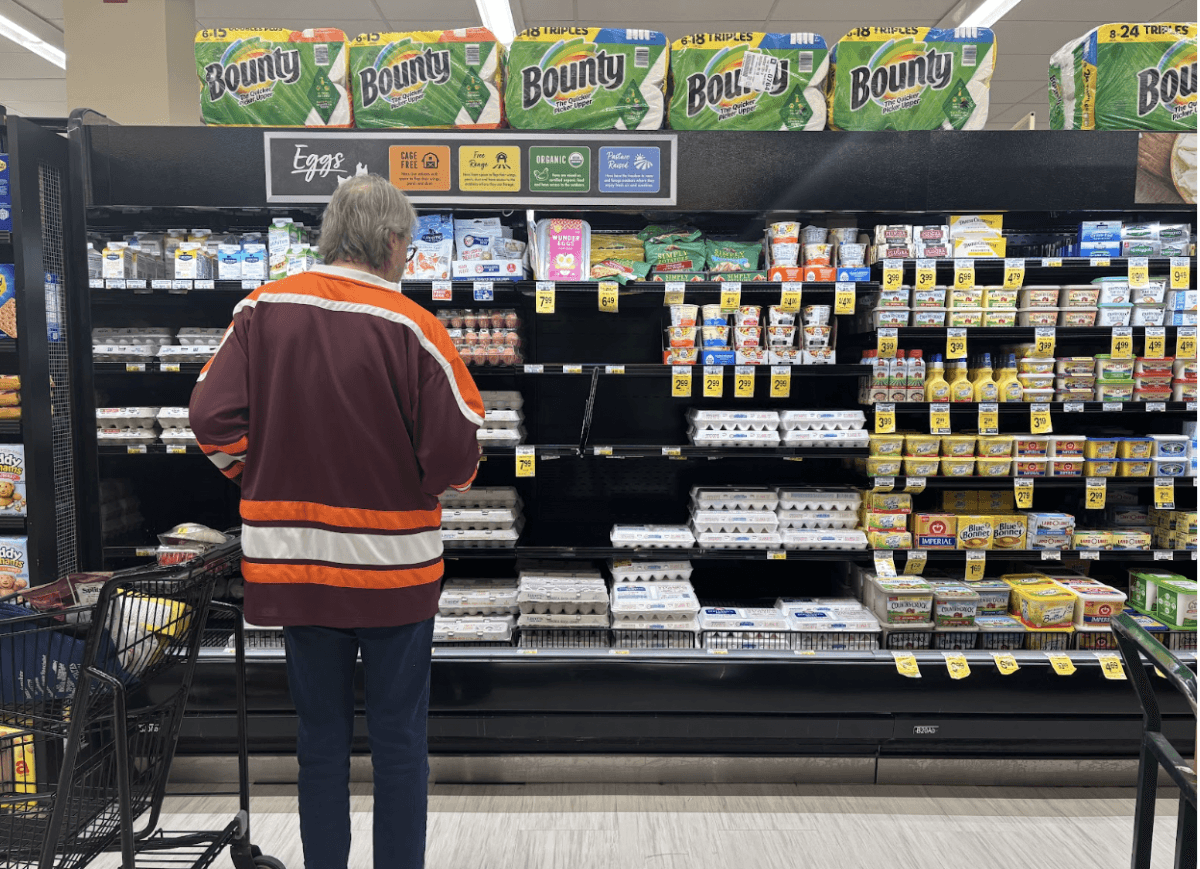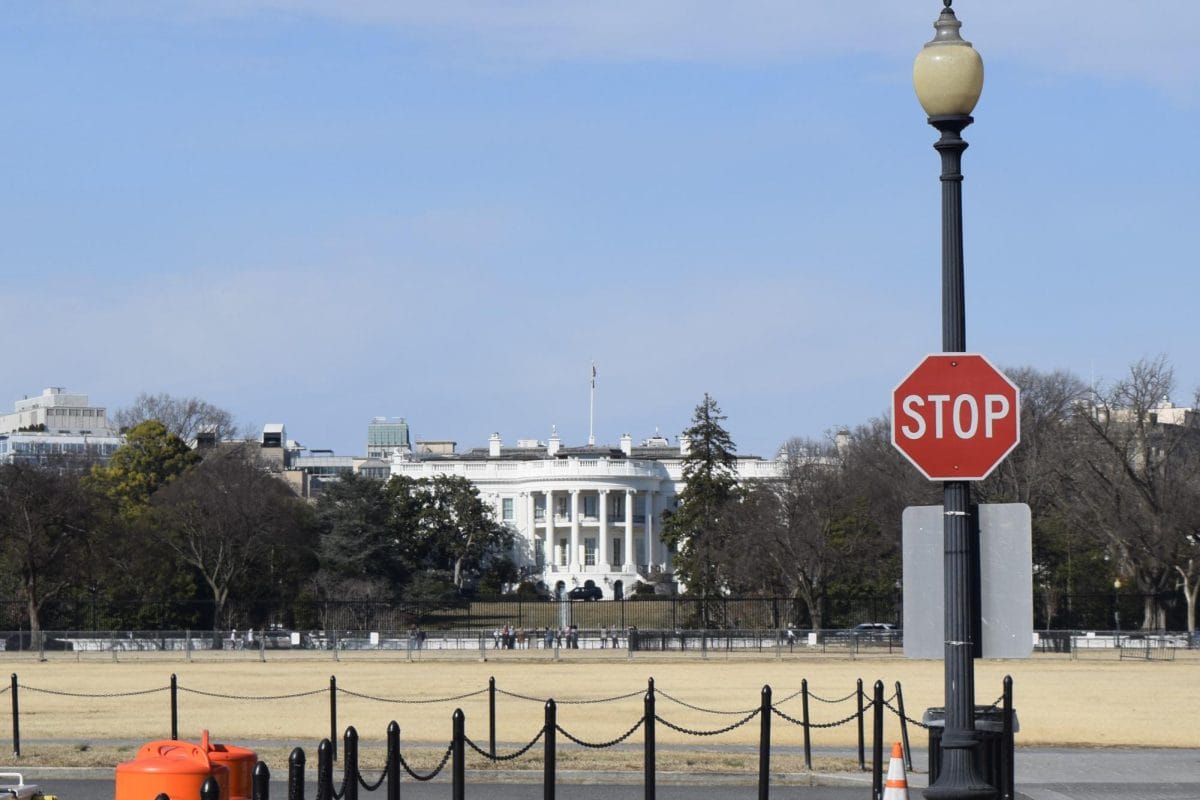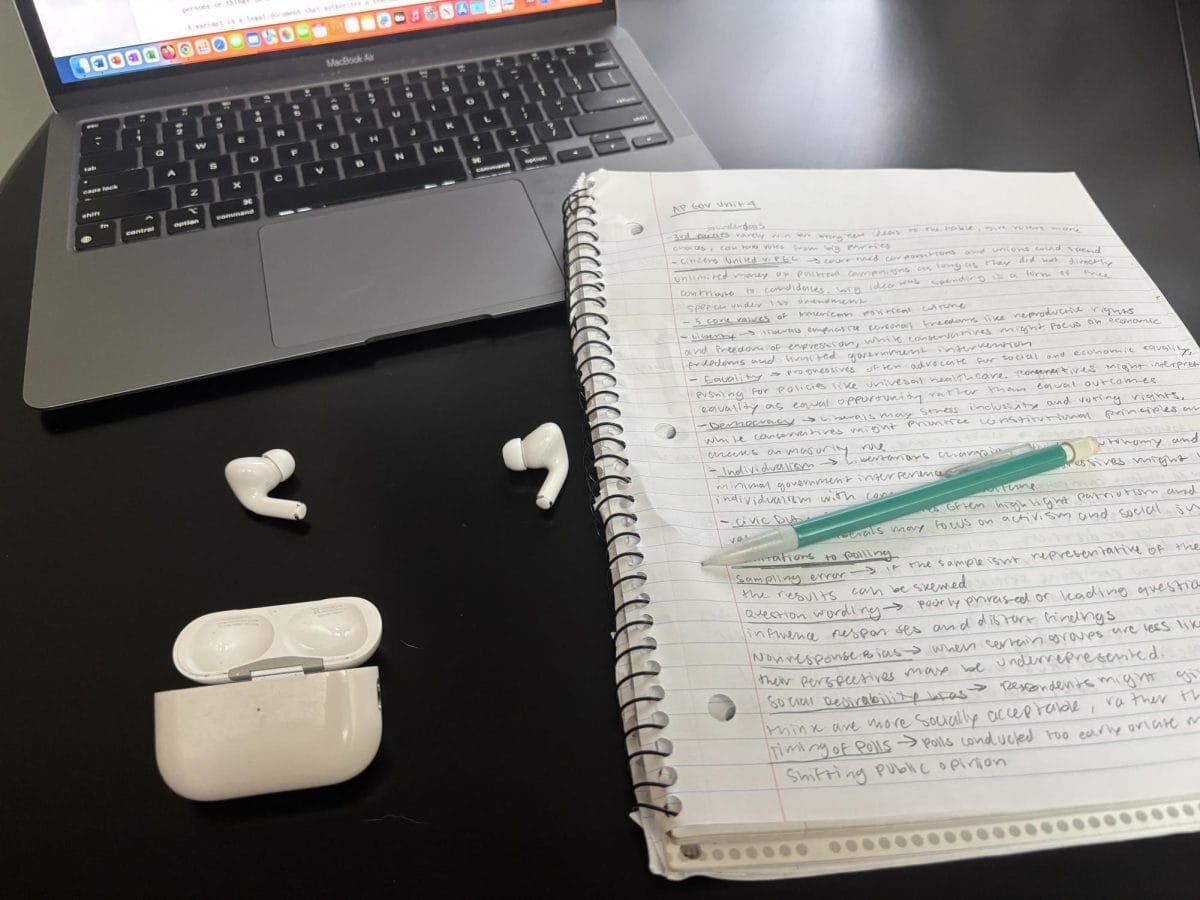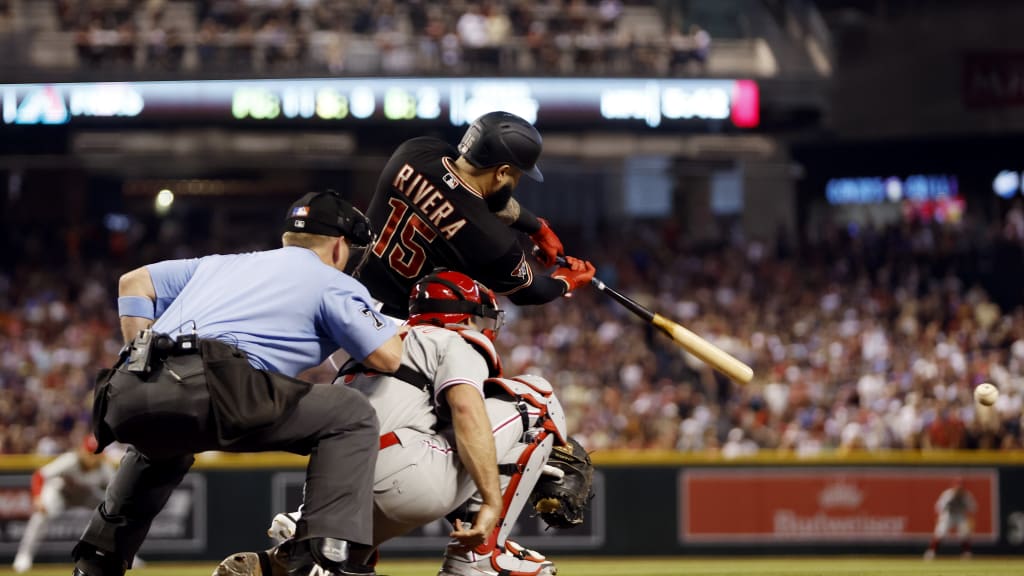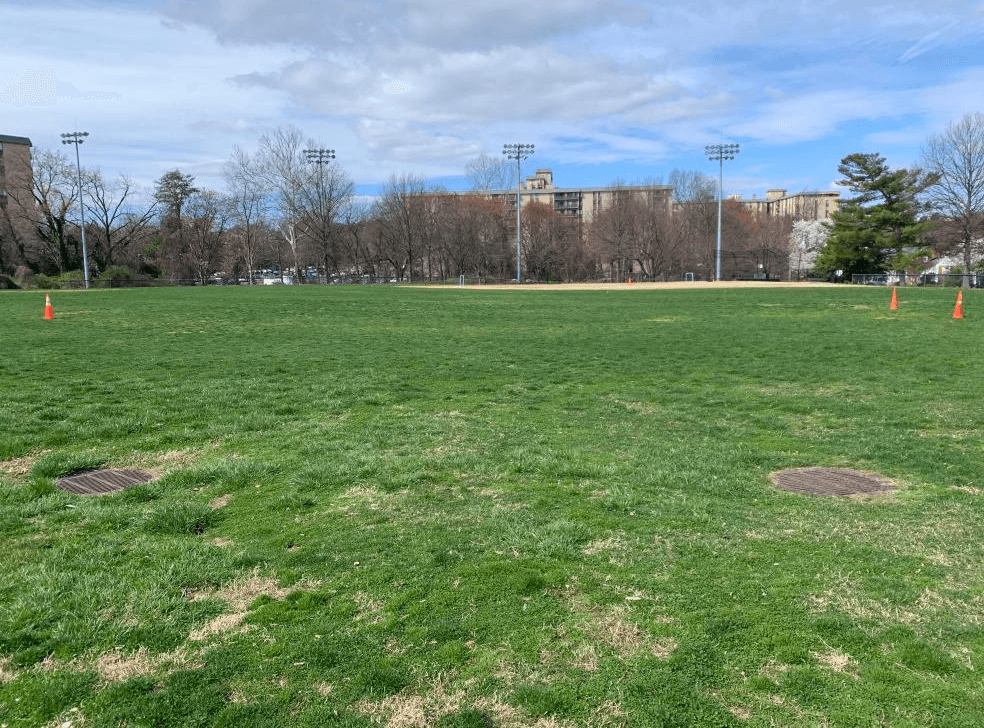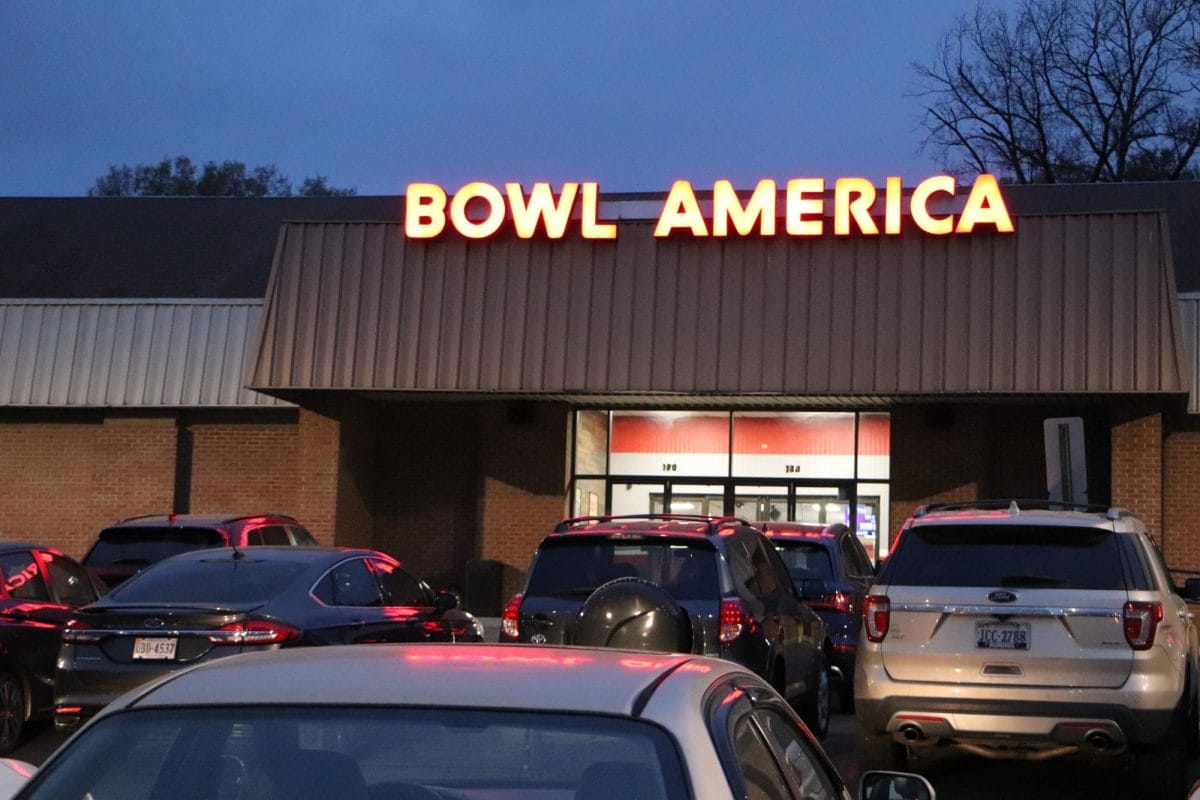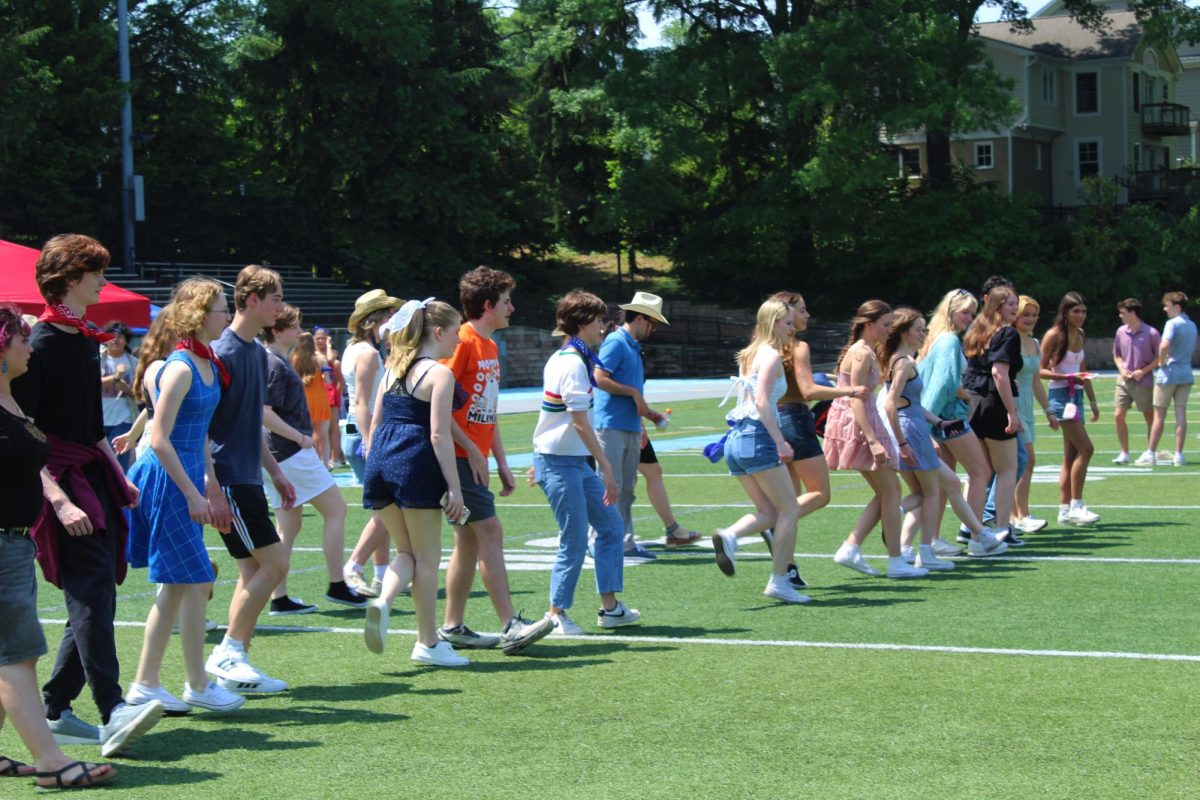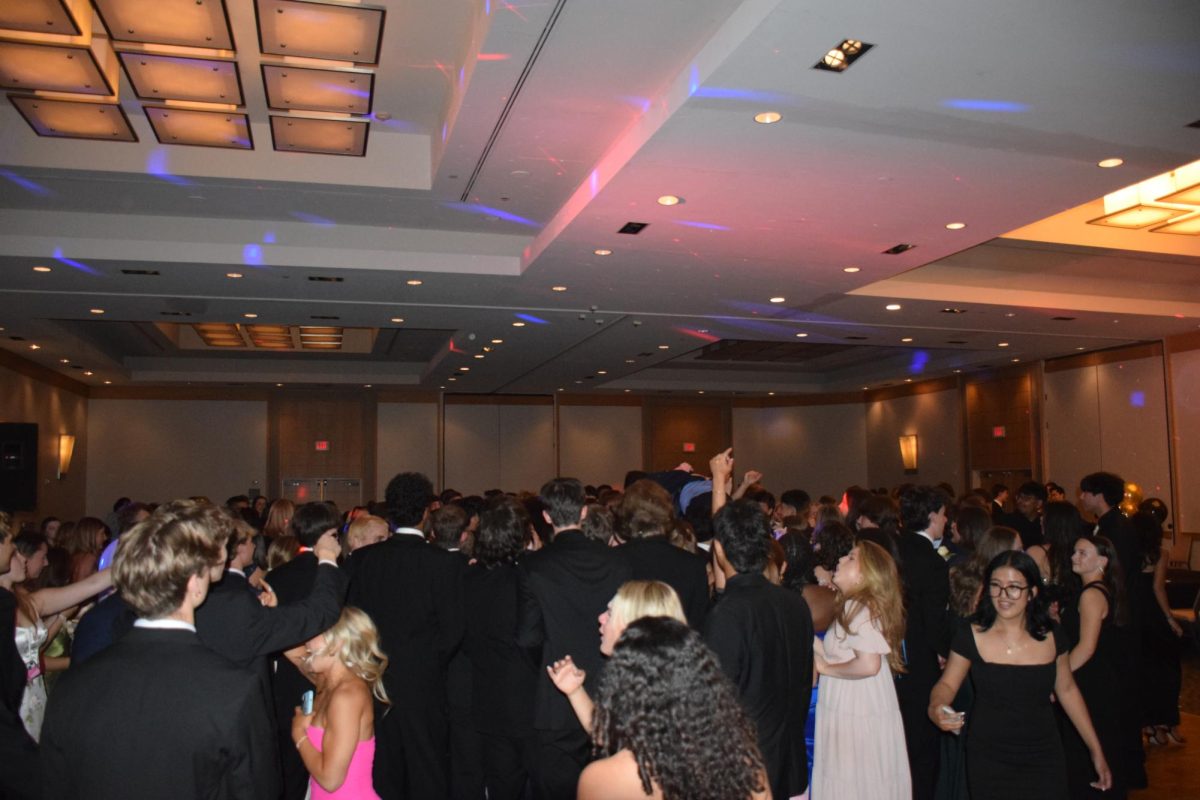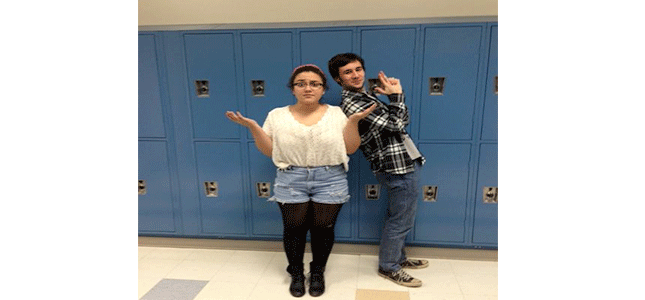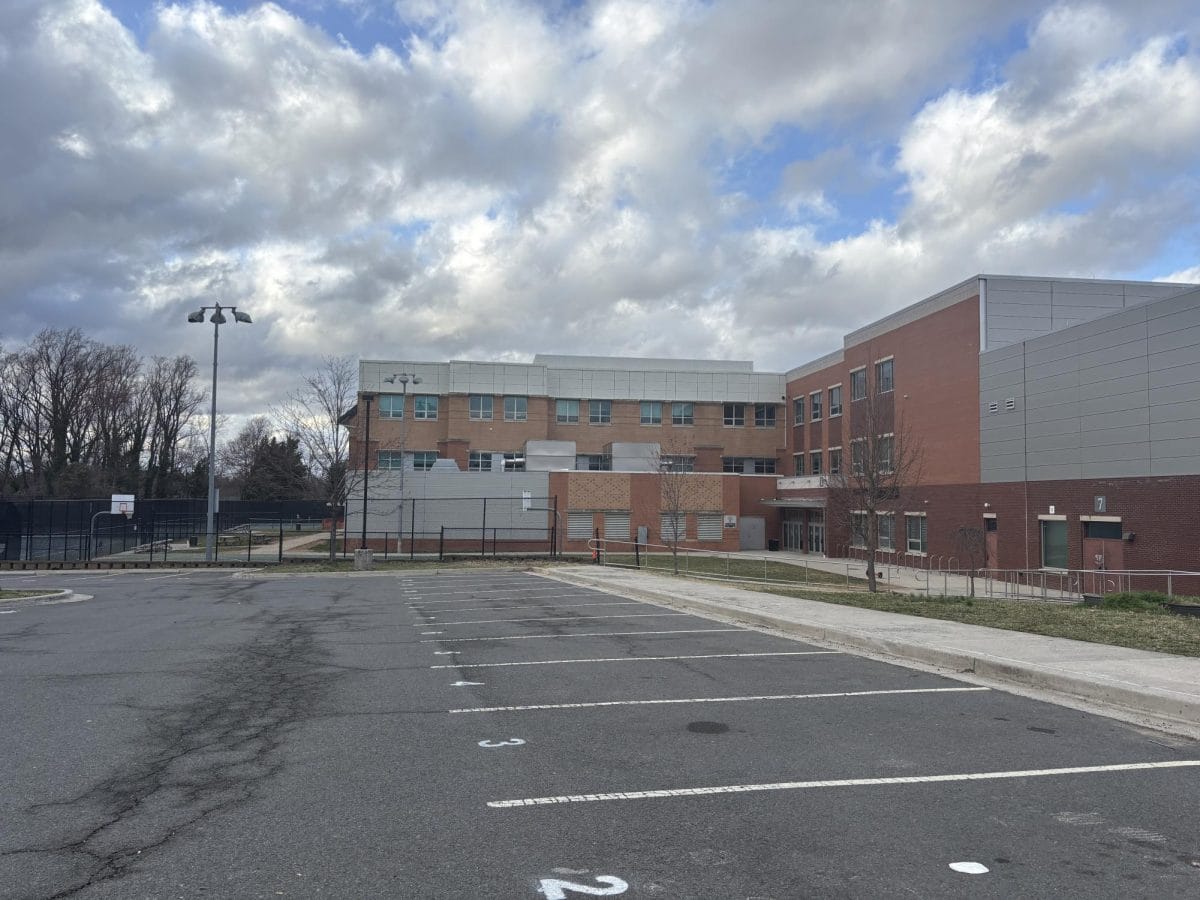By Connor Currie
Sentry Style Editor
Whenever tragedies like the Sandy Hook shooting occur, Americans are left wondering what they can do to prevent them from happening again. More gun control may seem to be the obvious answer to this complicated matter, but it is not one supported by the data.
In 1976, Washington DC implemented a ban on all handguns. One would assume that this law reduced murders, especially handgun murders. But not so. The results, however, are counterintuitive. Before the Supreme Court declared the ban unconstitutional in 2008, the DC murder rate averaged 73% higher than when the ban was put in place. During this time, the country as a whole experienced an 11% decrease. While the correlation between the increased murder rate and the handgun ban does not necessarily mean that it was directly caused by the ban one thing is for sure: the handgun ban woefully failed at its original purpose of reducing murders.
What about countries that have even stricter gun control than the US, like England? England actually has a violent crime rate (i.e. murder, non negligent manslaughter, rape, robbery and aggravated assault) 3.5 times higher than the US. Further, the murder rate in England has been on a steady increase since its major gun control laws have been put in place, as opposed to the US whose murder and violent crime rates are 50% and 54% lower than 20 years ago, respectively. Since these laws passed, in 1968 requiring stricter registration regulations and in 1997 requiring the surrender of all civilian handguns, the murder rate has averaged 57% higher and 15% higher respectively. Once again, correlation is not causation but these bans are demonstratively not doing their job of reducing murders and violent crimes.
What then is responsible for America’s decline in murder and violent crime? It’s certainly not stricter gun control which, as shown, is correlated with higher murder rates. Right-to-carry laws may be part of it. States with right-to-carry laws allow for persons who have completed a thorough background check and gun safety course to carry concealed weapons in public places. Forty states are right-to-carry states, including Virginia. Sounds scary, right? Everyday people walking around with guns. But in 1987, Florida became a right-to-carry state and since then, its murder rate has averaged 36% lower than before. Similarly, Texas became a right-to-carry state in 1996 and experienced an average murder rate of 30% lower than before. This brings us to Americans who use guns for something other than murder. Some 70-80 million Americans legally own firearms and 67% say they have them for protection, strange as that may seem to Arlingtonians.
Let us try to quantify the good versus the harm done by firearms. In 1993, a nationwide survey showed that about 162,000 Americans used guns in a situation where they “almost certainly would have been killed” if they “had not used a gun for protection.” In that same year, 17,075 murders were committed nationwide with firearms. This comes out to about 9.5 lives saved by guns for every one lost. To put it another way, if we were to subtract the number of deaths from lives saved, we would come up with a gain of 145,000 lives. Like any other object, a gun is a tool and what it accomplishes is entirely dependent on how it is used and who is using it.
Then of course there is the 2nd Amendment. Here it is: “A well regulated Militia, being necessary to the security of a free State, the right of the people to keep and bear Arms shall not be infringed.” In other words, the people have a right to defend themselves. Does this mean people should be toting around AK-47s and rocket launchers? Of course not. Should we be arming teachers in schools? Probably not. However, teachers or faculty who have a concealed weapons permit (which once again involves a thorough background check and safety course) should be allowed to keep these on them at school. Should they be pulling them out at all hours of the day and waving them around? I would rather there be an armed teacher in the event of a school shooting than a school of defenseless people. One thing you will notice is that stories of mass shootings tend to happen in large gatherings of defenseless people, not at NRA conventions where everyone most likely has a gun on them.
But what about assault weapons that I’ve heard about so much on the news? First let’s sort out a bit of terminology. An assault weapon should not be confused with an assault rifle which is a term used by the military to describe automatic weapons or weapons that fire a three-round burst. These are already illegal for civilians. An automatic weapon is what is commonly referred to as a “machine gun” which will fire repeatedly if the trigger is held down. Once again, these are already illegal. Then there are semi-automatic guns which simply means that one shot comes out every time the trigger is pulled without having to reload between shots. No rapid-fire, no machine gun spray. What is an assault weapon? Strictly speaking, almost any object can be used to assault someone. But in general, assault weapons are very vaguely defined and often have more to do with a gun’s aesthetic appearance than its actual function. Ironically, these weapons only account for 0.5% of the gun murders in the US and banning them only addresses a small fraction of the larger problem of violent crime, poverty and our mental health system.
In a country where we take so many rights for granted, such as the right to privacy, the right to healthcare and the right to expression, we should place the right to self-defense above all others. It is, after all, a basic right without which we cannot enjoy the rest.




